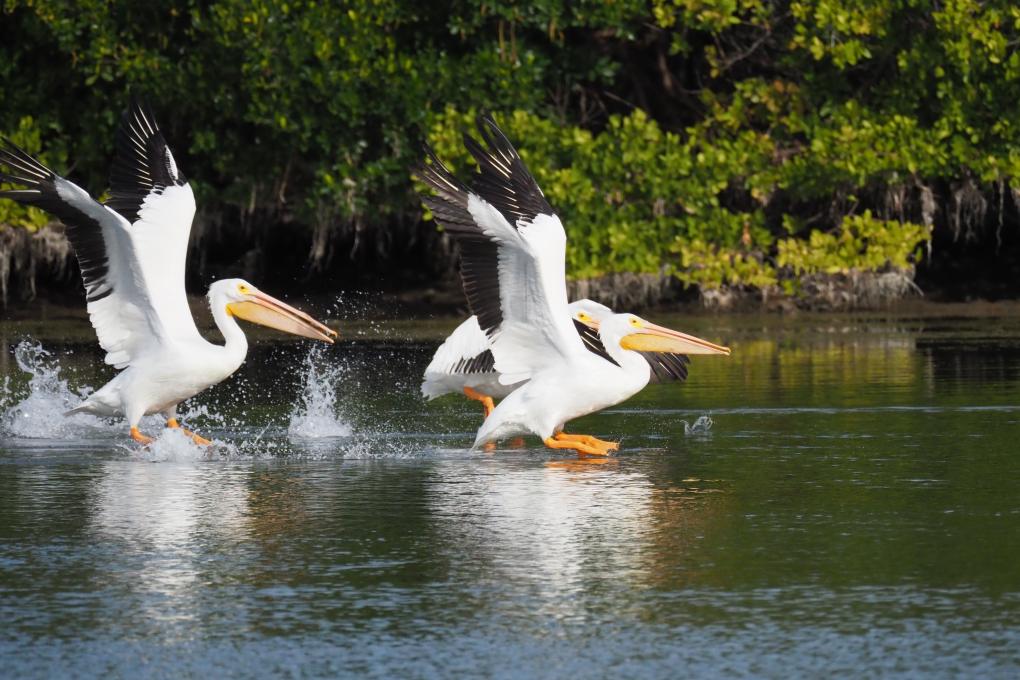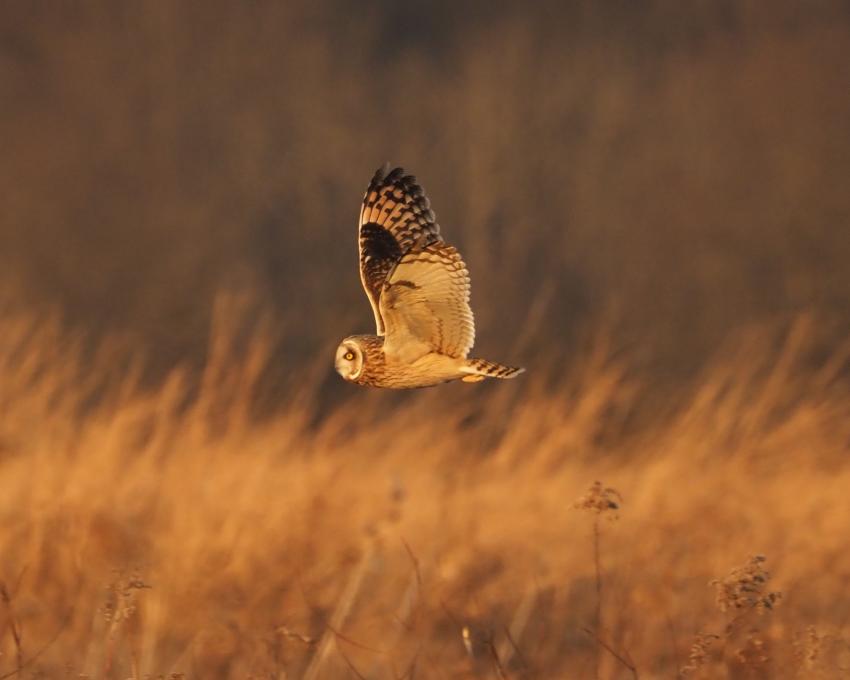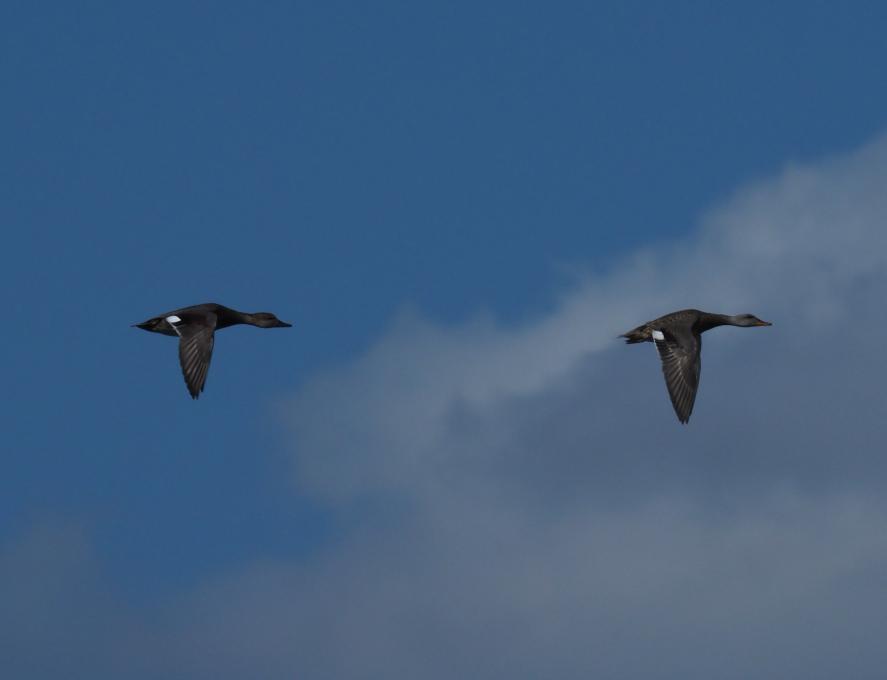Geary
Forum Replies Created
Viewing 3 posts - 1 through 3 (of 3 total)
-
GearyParticipantIt's not easy! I have winter photo's of Short-eared Owls and Northern Harriers. I'm positioned with the sun at my back, but these Owls typically come out late in the afternoon, so the "window for sunshine" is short. With the sun still out, and at a shutter speed in the range of 2,000 to 2,500, I have gotten decent shots, IF, I can also "lead" the bird successfully with my camera. I choose a small area focus, as a point focus is too difficult for me to be successful. Perhaps my best shot was of three White Pelicans taking off. I had a speed of 5,000 set for that shot.


 in reply to: Practice Capturing Birds in Flight #814355
in reply to: Practice Capturing Birds in Flight #814355 -
GearyParticipantI used a Canon SX 60 Zoom for the first 4 years. I liked the versatility and the portability. I got decent shots of stationary birds that were fairly close, but never a decent shot of a flying bird. Then I bought an Olympus mirrorless camera with a 100-400mm zoom lense. I've had success with that, and have gotten some decent photos of birds in flight. I get the best results when there is sun at my back. I find it difficult to get sharp photos of small birds on the ground, unless they are very close. I suspect the shallow angle formed by the ground surface and the direction my camera is pointing makes focusing more difficult. I used to like to fill up the frame with the bird, using my crop feature. Now I pay more attention to the surroundings of the bird.
 in reply to: Practice Matching Your Gear to Your Goals #798079
in reply to: Practice Matching Your Gear to Your Goals #798079 -
GearyParticipantI often bird in a local City Park, which contains a wetlands and quiet wooded trails, and which is in walking distance from my home. Over the past 6 years, I've observed approx. 110 species of birds, including migrants which show up for a few days in Spring or Fall, then move on, and birds which nest here. For the assignment suggestion, I chose the Red-winged Blackbird. Typically they show up here in March, although I've already seen them (Feb. 26) at another location about 15 miles from here. They're pretty much gone by August, and then I see some in October, which I believe are birds that have nested north of here, and are on their way south as part of the Fall migration. In past years, I've seen males in early March, then it seems like the females show up a week or two later. However when I saw the ones (25 or so) on Feb. 26, there were males and females together. When the ice clears from the wetlands in the above referenced Park, I'll be watching for the return of the Red-winged Blackbirds, and looking to see if the females show up right away, or later.
 in reply to: Practice Understanding Birds for Better Photos #797675
in reply to: Practice Understanding Birds for Better Photos #797675
Viewing 3 posts - 1 through 3 (of 3 total)




